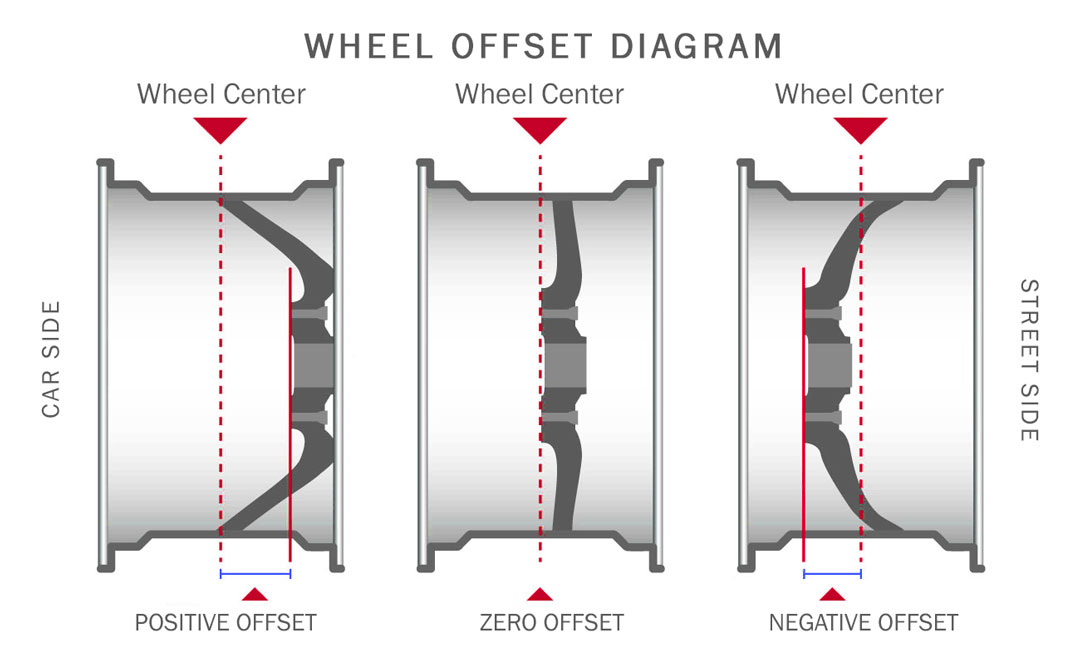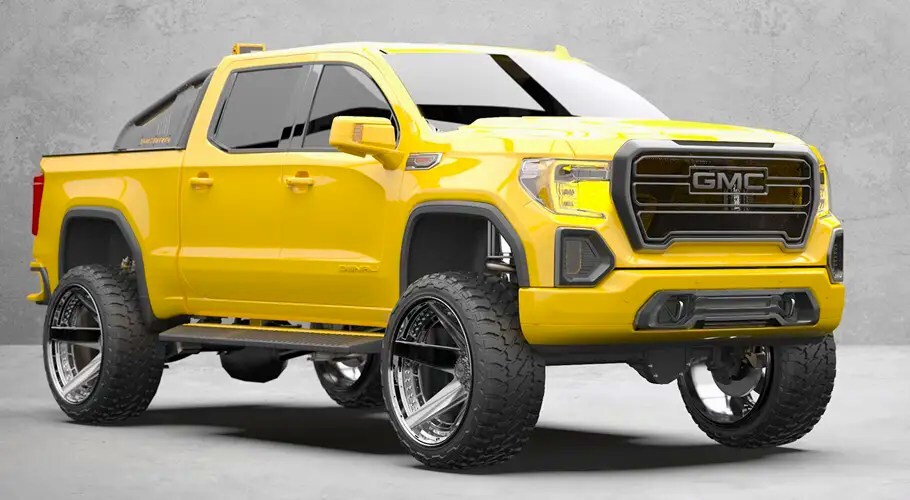Wheel Backspace Offset Calculator & Visualizer
Use our wheel backspace offset calculator to compare your current wheels and tires with a new setup. See inner clearance (suspension side), outer position (fender side), and how offset and backspacing change—before you buy.
Key Features
- Side-by-side comparison of current vs. desired wheel/tire setups (metric or imperial).
- Automatic offset and backspacing calculations.
- Visualize inner clearance and fender poke changes.
- See front and rear configurations independently.
- Generate alternative rim and tire sizes.
- Adjust for fender, strut, and wheel-well clearances.
Enter your wheels and tires configuration in one panel, and your desired configuration in the other.
How to Use the Calculator
- Measure wheel width correctly. Most rims have the diameter, the width, and the offset stamped on the back of the wheel. The drawback is that you have to remove the rim from the vehicle to read it. The alternative is to measure the rim width yourself.
Labeled wheel width is measured bead seat to bead seat (between inner flanges), not lip-to-lip. - Enter current and desired specs. Input wheel width, diameter, and offset for both setups; add tire sizes if you want overall diameter changes.
- Review results. Check inner clearance vs. suspension and outer position vs. fender. Confirm there’s no rubbing throughout suspension travel and steering lock.
Tip: Overall wheel width is typically ~1.0 in greater than the labeled (bead) width because of the rim flanges. Some designs vary—measure if in doubt.
Wheel Offset Explained
Offset is the distance (mm) between the hub mounting surface and the wheel’s centerline.
- Positive offset (ET +): Hub pad is toward the outside face. Common on OEM wheels, the wheel sits further inboard and may limit tire width if excessive.
- Negative offset (ET –): Hub pad is toward the inner lip. Pushes wheels outward for a wider stance—useful for some trucks/off-road builds—but may increase bearing loads and require fender coverage.
- Zero offset: Hub pad lies on the centerline.

Offset vs. Backspacing
Backspacing is the distance (in inches) from the hub mounting surface to the inner rim edge of the wheel. It’s commonly measured with a straightedge and a ruler.
Using the common 1.0" overall-width convention:
Offset (mm) = [Backspacing (in) − ((Wheel Width (in) + 1) ÷ 2)] × 25.4
Backspacing (in) = ((Wheel Width (in) + 1) ÷ 2) + [Offset (mm) ÷ 25.4]
Examples:
- 8.0" wheel, zero offset → Backspacing ≈ ((8.0 + 1)/2) = 4.5".
- 8.0" wheel, 5.0" backspacing → Offset = (5.0 − 4.5) × 25.4 = +12.7 mm.
- 8.0" wheel, 4.0" backspacing → Offset = (4.0 − 4.5) × 25.4 = −12.7 mm.
Choosing the Right Offset
- Too much positive offset: The wheel is inset, and it may rub; it can also reduce inner clearance and contact struts or brakes.
- Too much negative offset: The wheel is poking out, not flush to the vehicle's body. Greta for wide stances, but may increase fender poke and can raise loads on bearings and ball joints.
- Balanced offset: Preserves handling, tire wear, and component life while achieving the stance you want.
Always check both sides—fender and suspension—and consider suspension travel and steering lock. Local regulations may require tire tread to be covered by fenders/flares.

Practical Example
Stock: 17 × 7.5J, ET +45
New: 18 × 8.5J, ET +35
- Outer position change (poke): +22.7 mm (≈ 0.89") outward.
- Inner position change (clearance): inner edge moves +2.7 mm (≈ 0.11") toward the suspension (i.e., reduces inner clearance by 2.7 mm).
Use the calculator above to confirm changes for your exact specs and tires.
Wheel Backspace Offset Calculator – Try It
Enter your current and desired wheel/tire sizes to visualize inner clearance and fender poke.
Related Resources
Here are a few tech articles you may want to read for further research
Frequently Asked Questions
What is wheel offset?
Stand the wheel and imagine a line that crosses through the center of the length between the front and the rear of the rim. Wheel offset is the distance in millimeters between the hub mounting surface and that wheel’s imaginary centerline. A positive offset pulls the wheel inward; a negative offset pushes it outward.
What is backspacing and how is it different from offset?
Backspacing is the distance (in inches) from the hub mounting surface to the inner rim edge. Offset is the distance (in millimeters) from the hub mounting surface to the wheel centerline.
How do I calculate offset from backspacing?
Using the common +1.0" overall-width convention: Offset (mm) = [Backspacing (in) − ((Wheel Width (in) + 1) ÷ 2)] × 25.4.
How do I calculate backspacing from offset?
Backspacing (in) = ((Wheel Width (in) + 1) ÷ 2) + [Offset (mm) ÷ 25.4]. Example: 8.5" wheel with +35 mm → ≈ 6.13".
Will changing offset affect handling or component wear?
Yes. Too much positive offset can reduce inner clearance; too much negative offset can increase fender poke and bearing loads. Aim for a balanced offset that preserves safe clearances.
What does the Wheel Backspace Offset Calculator show?
It visualizes inner clearance (suspension side) and outer position (fender side), computing offset/backspacing to check for rubbing before you buy.

 US Dollars
US Dollars